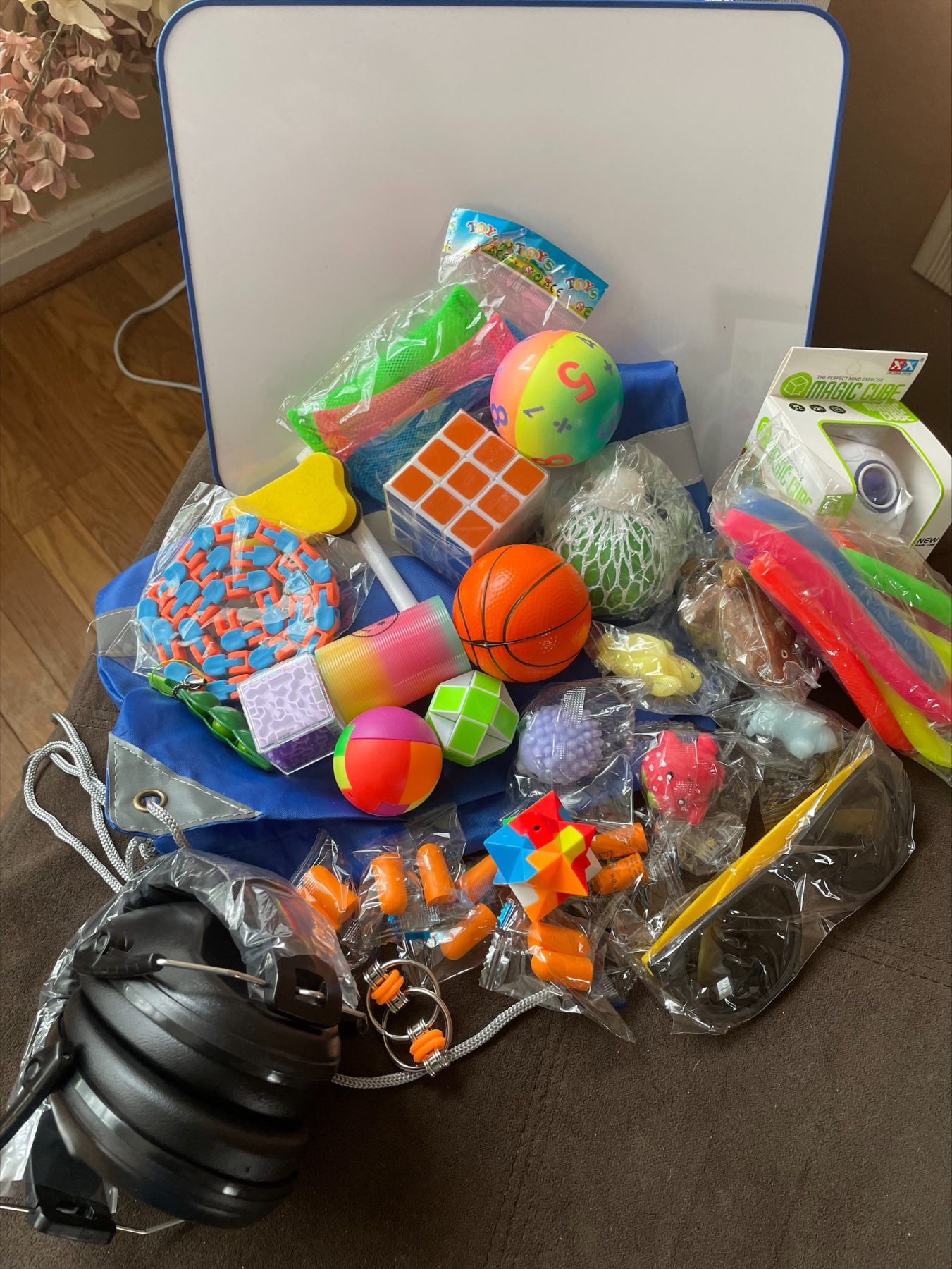Key Points:
- Fluency-based instruction in ABA focuses on building both accuracy and speed in skill acquisition to achieve mastery and long-term retention.
- Core techniques include repeated practice, precision teaching, and reinforcement to improve fluency in critical life skills.
- Fluency-based approaches are linked to real-world success, boosting confidence and promoting independence for individuals with autism or other developmental disorders
Every parent wants their child to succeed, and for children with autism or developmental delays, success often starts with mastering foundational skills. Fluency-based instruction in Applied Behavior Analysis (ABA) goes beyond simply teaching a skill—it ensures that the skill is mastered to the point of automaticity. This approach not only builds accuracy but also emphasizes speed, helping children apply what they learn in real-world scenarios.
What Is Fluency-Based Instruction in ABA?
Fluency-based instruction in Applied Behavior Analysis (ABA) refers to teaching methods that aim to build both accuracy and speed in skill acquisition. Fluency is the ability to perform a skill quickly and accurately without hesitation. This method is essential in ensuring that learned behaviors can be retained over time, applied in real-world situations, and performed with ease.
In ABA therapy, this approach is particularly impactful for individuals with autism, helping them master functional communication, social skills, and daily living tasks with confidence. The goal is not only to teach a skill but also to make it second nature, enabling independence and flexibility.
Why Is Fluency Important in ABA?
Fluency matters because it bridges the gap between learning a skill and using it effectively in everyday life. For example, a child who can recognize letters accurately but takes significant time to identify each one might struggle with reading fluency. This delay can hinder academic and social development.
When a skill becomes fluent:
- It is easier to generalize across settings.
- Retention over time improves significantly.
- Individuals experience reduced frustration during application.
Building fluency ensures that learned behaviors are durable and can be applied in dynamic, real-world scenarios. For parents, this means greater independence for their child and smoother transitions across different environments.

Techniques Used in Fluency-Based Instruction in ABA
Fluency-based instruction in ABA relies on a variety of evidence-based techniques to ensure skills are not only learned but mastered. These techniques focus on improving both accuracy and speed, enabling individuals to perform skills effortlessly in real-world settings.
Repeated Practice and Errorless Learning
One of the foundational techniques in fluency-based instruction is repeated practice, which ensures both accuracy and speed. Sessions are often designed to target specific skills in short bursts of focused practice, minimizing errors through guidance and reinforcement.
For instance, a child learning to tie their shoelaces might engage in structured trials until the process becomes automatic. Therapists track progress and gradually reduce prompts as fluency builds.
Precision Teaching
Precision teaching is a data-driven method used to build fluency. It involves:
- Setting clear, measurable goals.
- Using a standard celeration chart to track progress.
- Providing frequent opportunities for practice.
Through precision teaching, therapists can monitor performance and make timely adjustments to optimize learning outcomes.
Reinforcement Systems
Reinforcement is central to fluency-based instruction. Positive reinforcement, such as praise or preferred activities, motivates learners to maintain consistent practice. Over time, reinforcement schedules are adjusted to promote intrinsic motivation.
Benefits of Fluency-Based Instruction in ABA
In ABA therapy, fluency-based instruction ensures that essential behaviors, like communication, social interaction, and self-care, become second nature, leading to meaningful, long-lasting progress. For parents, this means seeing their child gain confidence, adapt to real-world challenges, and develop a stronger sense of independence.
1. Real-World Skill Application
Fluency-based instruction ensures that skills learned in therapy transfer seamlessly to real-life situations. For example, a child who practices fluent conversational skills during therapy can more easily engage with peers at school or in social settings.
2. Increased Independence
Fluency reduces the cognitive load required to perform tasks. This means learners can complete essential activities, like brushing their teeth or preparing a snack, without adult supervision, fostering self-reliance.
3. Improved Confidence
As skills become fluent, individuals experience greater confidence in their abilities. For parents, this translates into witnessing their child take pride in mastering new challenges and thriving in various settings.

How to Implement Fluency-Based Instruction Effectively
To implement fluency-based instruction successfully, parents and ABA professionals can follow these guidelines:
1. Identify Key Skills
Focus on critical skills that are essential for daily functioning and long-term success. These might include:
- Functional communication (e.g., requesting needs).
- Social interaction skills (e.g., greetings, sharing).
- Daily living tasks (e.g., dressing, eating).
2. Set Measurable Goals
Break down each skill into smaller, teachable components. Set benchmarks for accuracy and speed, and use data to track progress.
3. Use Short, Frequent Sessions
Short, intensive sessions are more effective for building fluency than longer, less focused ones. For instance, practicing a skill for 5-10 minutes multiple times a day can yield faster results.
4. Track Progress Consistently
Regularly monitor performance using tools like charts or graphs. This helps identify trends and adjust teaching strategies as needed.
Common Questions About Fluency-Based Instruction in ABA
How Is Fluency Measured in ABA?
Fluency is typically measured by tracking both accuracy (correct responses) and rate (number of correct responses per minute). A skill is considered fluent when it can be performed accurately and at a speed that allows for efficient application in real-world contexts.
Can Fluency-Based Instruction Be Used for All Skills?
Yes, fluency-based instruction can be applied to a wide range of skills, from academic tasks like math facts to functional skills like crossing the street safely. The key is tailoring the approach to the individual’s unique needs and developmental level.
Partner with Steady Steps ABA for Fluency-Based ABA Therapy in Maryland
At Steady Steps ABA, we understand the transformative power of fluency-based instruction in ABA. Our personalized therapy programs in Maryland are designed to help individuals with autism develop the skills they need to thrive in everyday life. By focusing on building both accuracy and fluency, we empower children and their families to achieve meaningful, lasting progress.
Let us help your child master critical life skills with confidence. Contact us today to learn more about our fluency-based ABA therapy programs in Maryland and how we can support your family’s journey.






